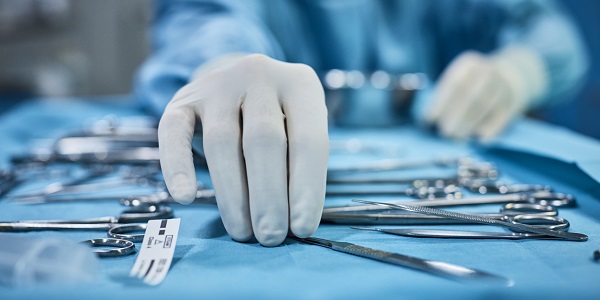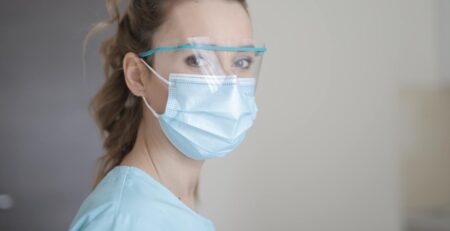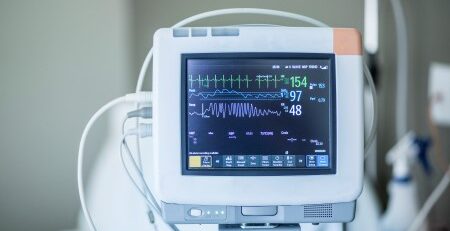Sterilizing Equipment
The delivery of a validated and accurately controlled sterilization process is enabled by the use of sterilizing equipment that is designed, constructed and installed to deliver the sterilization process safely and reproducibly. There are currently no international standards for sterilizing equipment. BSI has adopted a number of European Standards for equipment for particular sterilization processes, such as:
- Large steam sterilizers (BS EN 285);
- Small steam sterilizers (BS EN 13060);
- Ethylene oxide sterilizers (BS EN 1422).
Additionally, there are British Standards for steam sterilizers for aqueous fluids (BS 3970-2) and laboratory sterilizers (BS 2646) that have recently started being revised.
Although these standards all cover many similar aspects for the different sterilization processes, they do not always do so in the same way. Consquently, an ISO Technical Specification was developed to provide a consistent framework for future standards work on sterilizing equipment. This document is ISO/TS 22421 – Sterilization of health care products – Common requirements for sterilizers for terminal sterilization of medical devices in health care facilities – and it has just completed its final ballot. As this is the first work on sterilizing equipment in the International Standards organization (ISO), it was decided to develop a Technical Specification rather than an International Standard. A Technical Specification addresses work still under technical development or where it is believed that there will be a future, but not immediate, possibility of agreement on an International Standard. A Technical Specification is published for immediate use, but it also provides a means to obtain feedback. The aim is that it will eventually be transformed and republished as an International Standard. This approach provides opportunities not only to achieve a comprehensive and consistent set of global standards for sterilizing equipment but also to build on the work done in developing the existing standards for sterilizers at national and regional level to reach an international alignment on the requirements.
ISO/TS 22421 covers common, high-level, overarching requirements and respective test methods for sterilizers used for terminal sterilization of medical devices in health care facilities. It covers sterilizers that operate with a variety of sterilizing agents (alone or in combination) within a sealed vessel at different temperatures, above, at, or below atmospheric pressure. While this document does not not supersede or modify requirements or test methods of published standards applying to sterilizers, these common, general requirements for a range of sterilizing equipment can then be used as a template for future revisions of standards for sterilizing equipment for particular sterilization processes. It can also be used to apply to equipment for which a particular standard has not been developed.
This document does not provide quantitative requirements for process parameters or parameters of the sterilization cycle, or requirements for performance testing, validation or routine control of sterilizers because these depend on the respective sterilization method. In addition, ISO/TS 22421 does not apply to:
- sterilizing equipment using radiation as the sterilizing agent,
- laboratory sterilizers;
- sterilizers used to prepare culture media,
- sterilizers used for bio-decontamination of laboratory or other waste including decontamination of pathogens in a high risk category,
- systems used for bio-decontamination of rooms and isolators,
- systems used for sterilization in place (SIP), or
- washer-disinfectors.
ISO/TS 22421 covers:
- equipment design and construction;
- indicating, monitoring, controlling and recording;
- services and the local environment;
- emissions;
- test instrumentation;
- performance and assessment;
- information to be supplied.
Informative annexes describe the rationale for the requirements and illustrations of the interrelationship between control and recording to ensure independence of the measurement systems.
This standard will be of interest to manufacturers and users of sterilizing equipment.




Leave a Reply